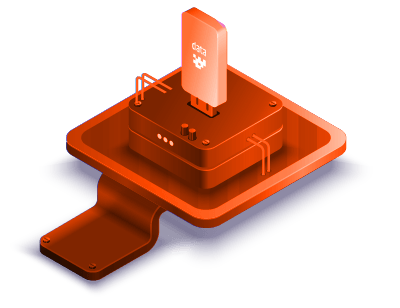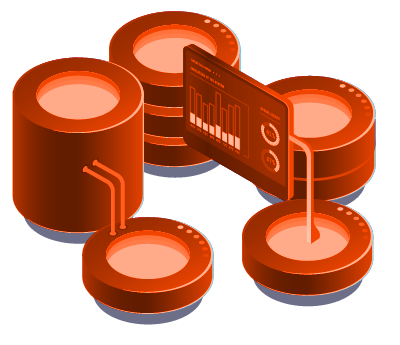Add On: Child Protection Investigations
Child protection investigations
What is involved in a child protection investigation?
Child protection investigations involve an assessment of the home environment to determine whether the allegations of abuse or neglect have been substantiated. An investigator from the local child protective services agency will conduct an initial visit to the family’s home and interview any relevant adults and children who may be involved. They may also speak with neighbors or other people who may have information about the family situation. The investigator will observe the home environment for any signs of danger or neglect, such as poor sanitation, inadequate housing conditions, or evidence of drug use or criminal activity.
The investigator will also assess the safety plans put in place by the parents or guardians for their children. During their visit, they will evaluate whether these plans provide enough protection for the children involved in order to prevent any further harm from occurring. Any relevant medical records, police reports, school records, or interviews with other professionals who may have interacted with the family will also be reviewed during this process.
Why are child protection investigations important?
Child protection investigations are essential to protecting vulnerable children from further harm by identifying potential risks and taking steps to mitigate them before they become more serious issues. The results of these investigations can help determine whether a child needs to be removed from their home temporarily in order to ensure their safety until a decision is made about their future placement options. In addition, these investigations can provide insight into how best to support families when dealing with difficult situations so that parents can receive assistance if needed for them to continue providing an appropriate level of care for their children.
Child protection investigations play a critical role in protecting vulnerable populations from further harm by assessing potential risks and determining appropriate courses of action based on those findings. It is important that these investigations are conducted thoroughly and ethically to ensure that all involved parties feel safe and secure while providing accurate information about potential risks within a family dynamic so that appropriate measures can be taken if necessary.
Types of child protection investigations
As people who work in the field of child protection, it is important to understand the different types of investigations that may occur. Reports can range from neglect and physical abuse to sexual abuse and exploitation. Here’s a look at the various categories of investigations.
Initial investigation :
This type of investigation occurs when a report is received that indicates a child may be in an unsafe environment or situation. The goal is to determine whether any further action needs to be taken. During this type of investigation, the worker must assess any risk factors that may exist, interview any potential witnesses, and evaluate if an in-depth assessment or intervention is necessary.
Family assessment investigation (FAI) :
This type of investigation takes place when there are multiple reports about the same family with similar concerns. It involves interviewing all relevant members within the family unit so that a more precise picture can be formed about what kind of risks are present and how best to address them.
Immediate response investigation (IRI) :
This usually occurs when there has been an allegation made against a caretaker or parent regarding possible abuse or neglect. In this case, the investigator must decide if immediate removal from the home is necessary for safety reasons and/or if criminal charges should be pursued against the alleged perpetrator(s).
The process of a child protection investigation
When it comes to the safety of children, rigorous investigations are needed to ensure that any reports of abuse or neglect are handled appropriately. The steps an investigator should take, from beginning to end, in order to ensure that the investigation is conducted thoroughly and efficiently are as follows:
Receiving the report :
The first step in any child protection investigation is receiving a report of alleged abuse or neglect. The report can be made by anyone—a family member, teacher, doctor, or even a concerned neighbor—and it must contain enough detail and evidence to warrant further investigation. Depending on where the investigative team works, there may be specific forms or protocols that must be followed when submitting a report.
Contacting the family :
Once a report is received, contact must be made with the family as soon as possible in order to assess their situation and determine if any immediate action needs to be taken for the safety of the child(ren). During this initial contact, investigators will gather information about the family’s living situation and history, as well as any other pertinent details that could help them understand the dynamics at play.
It’s crucial for investigators to remember that this initial contact is not an interrogation; instead, it’s an opportunity to build trust and rapport with both parents and children so they feel comfortable speaking openly about what happened.
Investigating further:
After making initial contact with the family and gathering preliminary information, investigators will move into conducting more in-depth interviews with all parties involved in order to gain more insight into what happened. They will also review medical records and speak with teachers, neighbors, friends (with parent’s permission), etc., to get an accurate picture of what occurred leading up to and during the incident(s).
In short, conducting thorough child protection investigations is essential for ensuring children remain safe from harm. By following these steps—from receiving reports through interviewing witnesses—investigators can ensure they have all the necessary information needed for making informed decisions about how best to protect each individual child’s welfare. With patience and compassion throughout each step of this process, investigators can build trust among those involved while still getting down to business when needed - ultimately helping families heal while keeping kids safe from harm.
The benefits of child protection investigations
Child protection investigations are an essential part of the child welfare system. These investigations are conducted to determine whether a child is safe and, if they are not, what steps need to be taken to protect them. The following are some of the benefits that can result from conducting child protection investigations:
Safeguarding children:
Child protection investigations play a critical role in protecting children. By investigating reports of abuse or neglect, investigators are able to identify any potential risks and take appropriate action to ensure the safety of the child. This could include removing a child from an unsafe environment or providing the family with the necessary support and resources to address any issues.
Professional knowledge and experience:
Investigators have specialized knowledge and expertise that can help inform decisions about protecting children. They understand the complexities of different types of abuse, what services can help families in crisis, and how best to assess risk in order to create a safe environment for a child. With their expertise, investigators can take proactive steps to ensure that children remain safe even when there is no immediate threat present.
Collaboration with other agencies:
Child protection investigations involve collaboration with other agencies such as law enforcement, schools, mental health providers, and social services departments. This ensures that all relevant information is collected and analyzed so that decisions about the safety of children can be made accurately and quickly. Additionally, by working together with other organizations, investigators can gain insights into how best to respond to different situations involving vulnerable children.
How can Hubstream help investigators with child protection investigations?
Hubstream helps manage the considerable amount of data available in child protection with its powerful add-on template called child protection investigations, which allows case management and tracking for investigations by child protection teams. It helps teams around the world connect investigations with online information from reports and platforms, coordinate work across teams and outside partners, and manage tasks with reminders.




